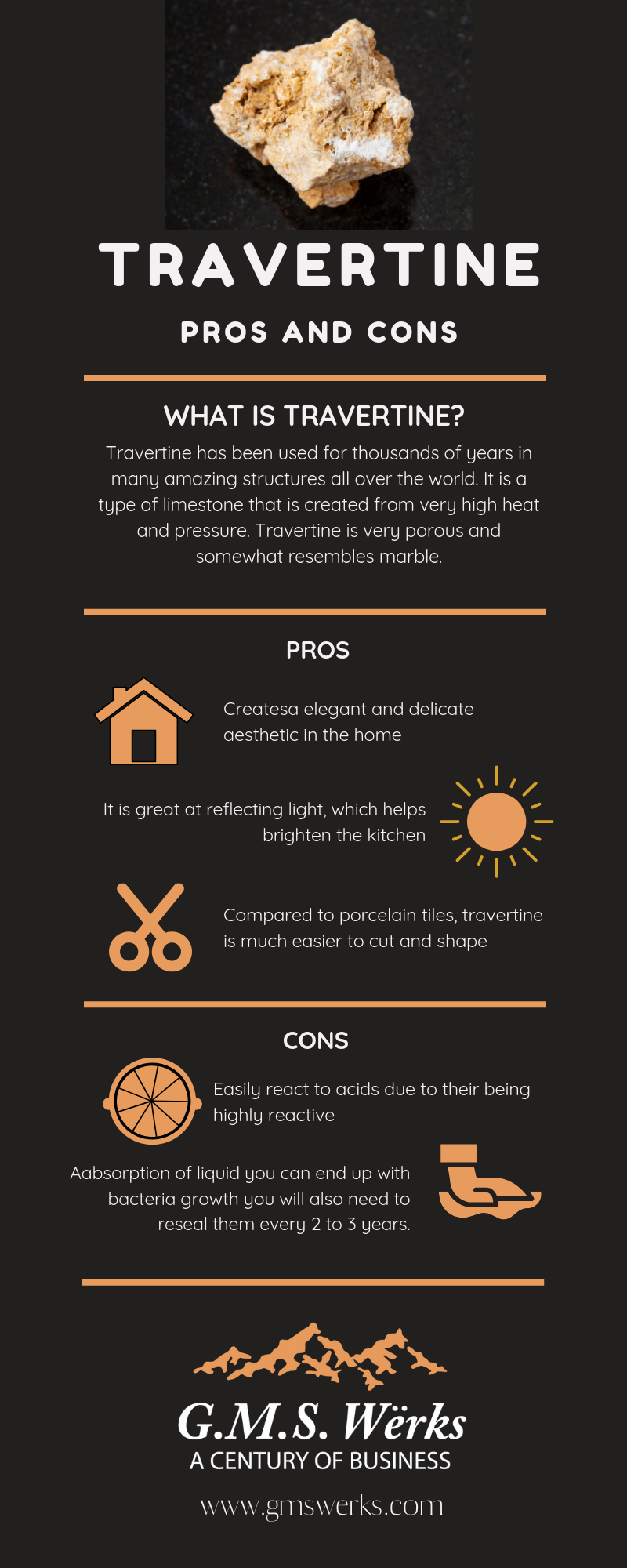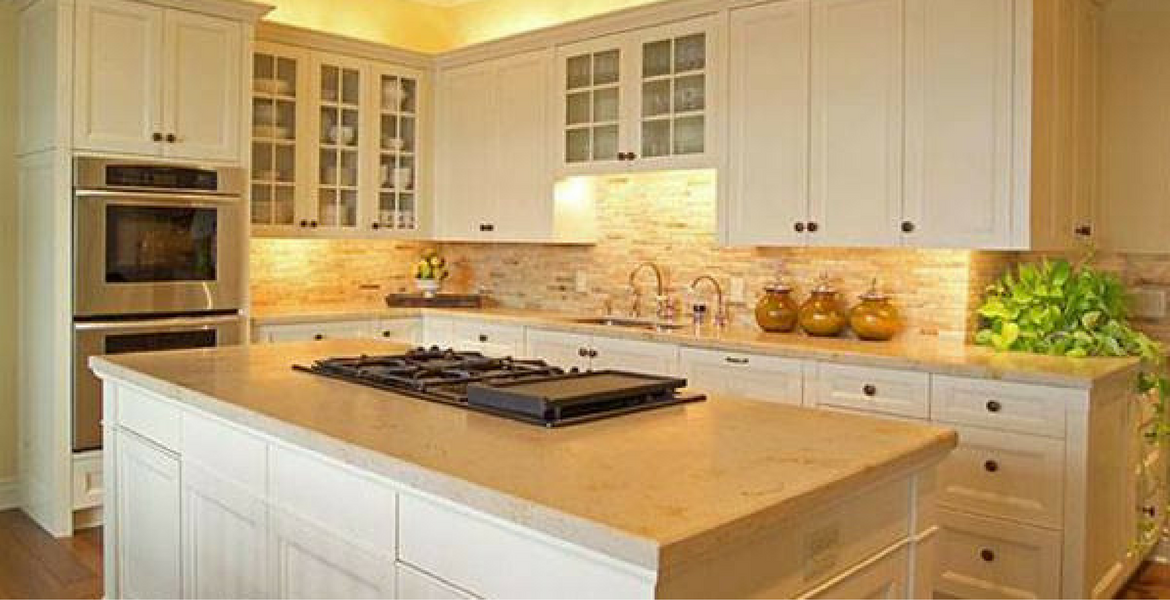Travertine bathroom countertops are a popular choice among homeowners for their unique and natural aesthetic appeal. In this article, we will delve into the pros and cons of using travertine as a countertop material in the bathroom, helping you make an informed decision for your next remodeling project.
Pros of Travertine Bathroom Countertops:
Elegant Aesthetics: One of the most significant advantages of travertine countertops is their elegant and timeless appearance. They bring a sense of natural beauty and sophistication to any bathroom. Each travertine slab is unique, showcasing a variety of earthy tones and patterns.
Durability: Travertine is a durable material, capable of withstanding the wear and tear of a bathroom environment. It is resistant to scratches and heat, making it a practical choice for a busy bathroom.

Variety of Finishes: Travertine countertops can be found in various finishes, including polished, honed, tumbled, and brushed. This range of finishes allows homeowners to choose a texture that complements their bathroom’s design.
Cool to the Touch: Travertine has a natural cooling property, which can be quite pleasant in a bathroom setting. It provides a refreshing surface, especially in warmer climates.
Easy Maintenance: Maintaining travertine countertops is relatively straightforward. Regular cleaning with a pH-neutral stone cleaner is usually sufficient. Additionally, travertine can be resealed periodically to prevent staining.

Cons of Travertine Bathroom Countertops:
Porosity: Travertine is a porous stone, which means it can absorb liquids if not adequately sealed. This makes it susceptible to staining from common bathroom substances like toothpaste, cosmetics, and hair products.
Regular Sealing Required: To maintain the integrity of travertine countertops, regular sealing is essential. This process helps protect the stone from moisture penetration, which can lead to staining and discoloration.
Vulnerability to Acid: Being a natural stone, travertine is sensitive to acidic substances. Accidental spills of acidic cleaners or citrus fruits can etch the surface and damage its appearance.
Limited Color Range: While travertine offers a variety of earthy and warm tones, its color range is somewhat limited compared to other natural stones like granite or marble. This may restrict design choices for some homeowners.
Cost Considerations: Travertine countertops are not the most budget-friendly option, particularly when considering the cost of the stone itself, installation, and regular maintenance. The price can vary based on the quality of the stone and the complexity of the installation.
Potential for Cracking: In areas with extreme temperature fluctuations or in homes with unstable foundations, travertine countertops may be more prone to cracking compared to some other countertop materials.

Travertine bathroom countertops offer a unique blend of natural beauty and durability but come with certain considerations. Their elegant aesthetics and cooling properties make them an appealing choice for many homeowners. However, the need for regular sealing, sensitivity to acids, and potential staining are factors to keep in mind. It’s essential to weigh the pros and cons of travertine countertops carefully to determine if they are the right fit for your bathroom renovation project.
Travertine Countertops: Design Ideas, Pros u0026 Cons and Cost

Blog – Updated: Pros and Cons of Travertine in 2024

Blog – Updated: Pros and Cons of Travertine in 2024

Travertine Countertops: Design Ideas, Pros, Cons and Cost

Travertine Countertops: Design Ideas, Pros u0026 Cons and Cost

Travertine Countertops (Design Ideas) – Designing Idea

Travertine Countertops: Design Ideas, Pros u0026 Cons and Cost

Related articles: